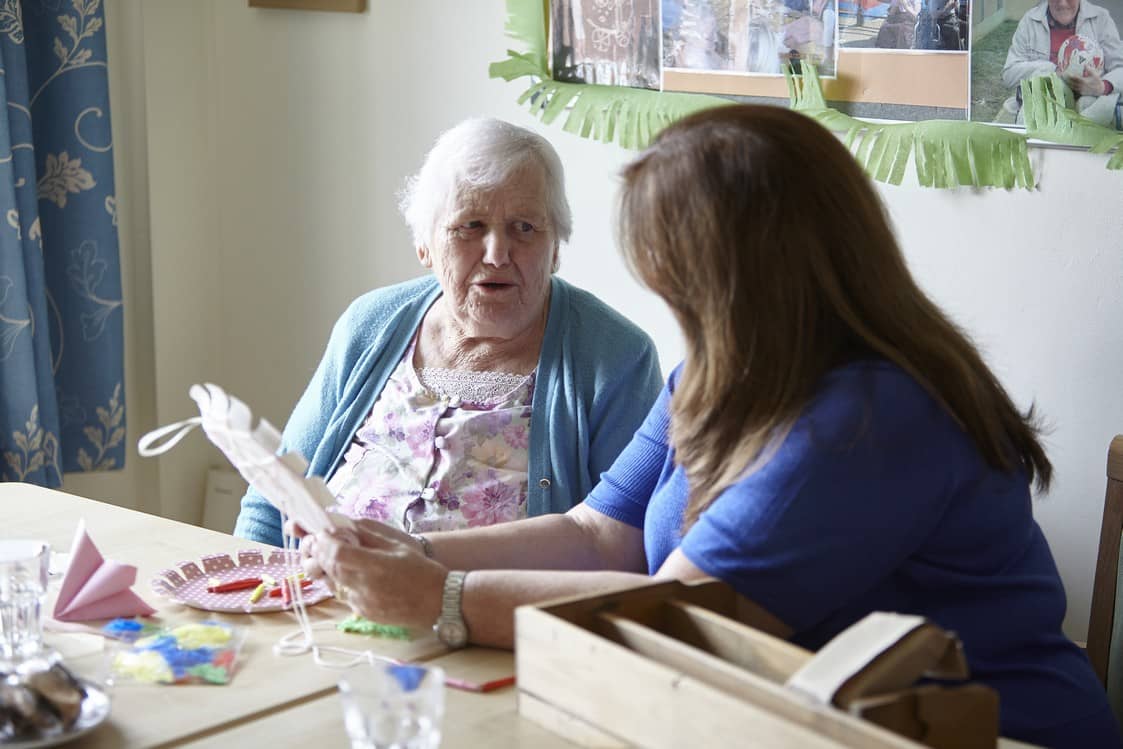Anyone who has been discharged from a hospital after surgery has likely experienced the usual quick ten minute overview of instructions for the following weeks, being given a handout or two, and being sent out the door. As a professional care provider, you often wish you could continue to check up on them everyday, but with the amount of patients you see, it is just not possible.
At-home recovery can take days or even weeks, depending on the complexity of the surgery.
Planning ahead
This is why discharge planning and detailed recovery instructions are especially important.
If the patient is not fully attentive when being discharged, a trusted caregiver should be there to ask the most important questions for them. How can she avoid any complications? What medications will she take? How often? What side effects could she expect?
Staying informed and following directions is the first important step to avoiding a readmission.
Reducing readmissions
Not only can hospital visits often be lonely and uncomfortable for the patients, but readmissions are quite costly on the system. In the 30 days post-discharge, many patients need to be readmitted which amounts to billions of dollars spent in North America every year.
It is possible to avoid these expenses.
Technology has continuously proven to be an effective method of tracking and monitoring patient health after they leave the hospital. Not only can it drastically lower readmission risk and associated costs, but can also help to improve the quality of care that patients are receiving and minimize non-compliance and patient anxiety.
Care providers – both professionals and family members, simply can’t devote all of their time to visiting the patient at their home when they need it. They have their own personal lives to balance while care providers are often working with many different patients at a time.
On the occasion where a care provider is unable to visit the patient during their recovery period, it can be extremely useful to set electronic reminders for them. As the patient is expected to be getting rest following their operation, taking their multiple medications throughout the day may slip their mind.
Innovative mobile apps
Mobile apps like aTouchAway by Aetonix allow you to set scheduled reminders or set up a self-assessment survey for the patient. This adds a new dynamic to patient monitoring by enabling them to self-report on basic indicators (like pain level), and automating notification to the care giver/provider.
Knowing how the patient is progressing proves to be very useful when trying to keep them out of the hospital. By detecting potential complications much earlier, everyone is saving themselves frustration and money in the long run.
Using a secure app to share the patient’s medical records with their circle of care can help to track any changes or potential risks. It is much easier to take action sooner when everyone is kept up-to-date.
Wearables
Similarly, wearables are another effective technology for staying informed on a patient’s condition. Discrete wearables can track information such as the patient’s blood pressure, their heart rate, or even alert you of any falls. A recent study shows that out of 800 people surveyed, 80.6% would be willing to wear a monitoring device post-surgery. Not only do they provide the care providers with the information they need, they also give the patients a sense of comfort knowing that problems can be detected and resolved quickly.
A bright future
Technology has the potential to completely advance many areas of healthcare in the near future. In the first half of 2017 alone, $3.5 billion was invested into 188 different companies specializing in digital health. That’s more than any other year to date.
The value in having this new accessible communication level remotely is undeniable. Digital technology has the ability to save the system billions of dollars and help relieve some of the burden from care givers, minimizing frustration and burnout.
Sources:
US National Library of Medicine: http://ow.ly/tGtP30jicEg
Science Direct: http://ow.ly/Vj8p30jicJ6
Rock Health: http://ow.ly/GWCn30jicPh
Healthcare in America: http://ow.ly/3pDz30jicUn

